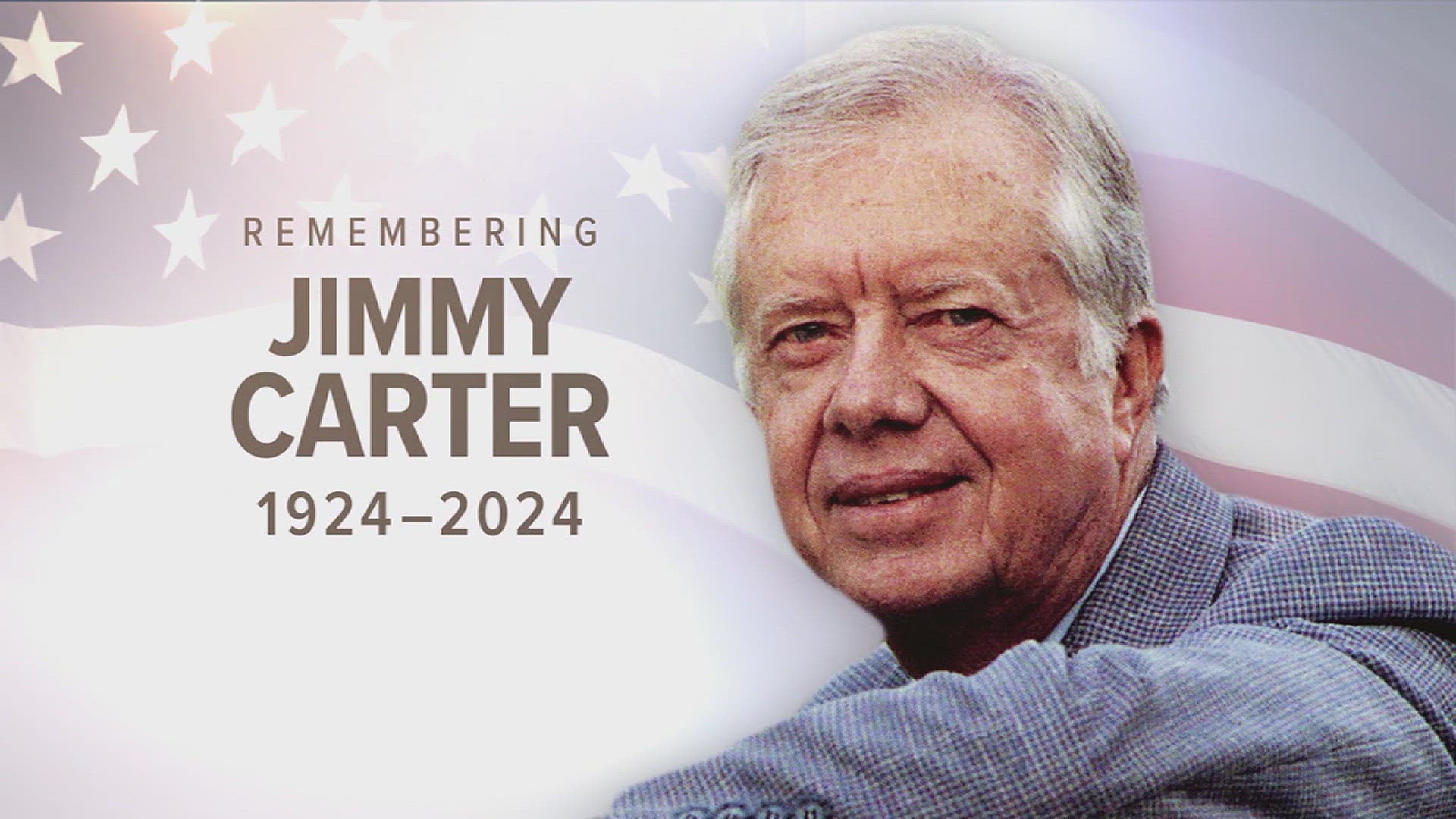(Akiit.com) The Schott Foundation for Public Education has released a new report, Yes We Can: The Schott 50 State Report on Public Education and Black Males, which shows that America’s public education system is disproportionately failing its black male students. In the report, there is an overarching message of hope in the fact that all children can learn when given the opportunity, but that doesn’t soften the blow of a national crisis in which America’s public schools graduated only 47 percent of its black male students in 2007-2008.
Among the 10 lowest performing large districts were cities that have suffered from double-digit long-term unemployment and have faced a particularly severe impact from the most recent fiscal crisis–including Detroit (MI), Milwaukee (WI), New York (NY), and Baltimore (MD)–echoing the correlation between under-education and a lack of financial empowerment and upward mobility in these communities.
Overall, a trend suggests that when black males are learning in environments that are not marked by a high incidence of segregation, or low educational performance overall, they are more likely to succeed. For example, in states such as North Dakota and Vermont, which experience overall success with respect to high school graduation, the report shows that 90 percent of black male students graduate from high school. But when they are learning in environments with high dropout rates or with large racial disparities in educational progress–where underachievement might be a normalized social experience–they are more likely to fail.
The most shocking finding, however, is the extremely low percentage of black males (and in some cases, white males) who are reading below grade level by the 8th grade. In Milwaukee, only 2 percent of black males are reading at grade level by the 8th grade, compared to 29 percent of white males. In Detroit and Cleveland, only 4 percent are reading at grade level by the 8th grade. In some states, such as Nebraska and New York, the gap in graduation rates between white males and black males is as high as 43 percent.
Though decades of research have documented the persistence of a racial bias that threatens to increase the marginalization of African-Americans, the black male achievement gap is reversible. To date, one of our greatest civil rights victories was the dismantling of a biased educational system that segregated opportunity. However, this report confirms that in many schools across the country, a segregation of opportunity continues in the form of critical resource disparities, de facto racial segregation, and biased school discipline policies that unnecessarily and prematurely remove black males from classrooms.
Our next big challenge is to structure a coordinated response to this crisis so that we keep our young men from walking down a path toward economic instability, lifelong participation in low-wage employment or underemployment, and in the worst cases, incarceration, sickness or premature death.
According to the report, we can bridge the achievement gap when we invest resources into early education and in classrooms and other environments that extend opportunities for our children to learn, and when there is institutional accountability to advance parity. A host of national foundations–including the Kellogg Foundation, Ford Foundation, and the Open Society Institute’s Campaign for Black Male Achievement, among others–have led a national investment in efforts to reverse this troubling course, but still more is needed.
We need the rallying cry of our communities to support the work of national and local leaders who continue to fight for the security and healthy development of all of black males by offering them the tools they need to be productive sons, fathers, brothers, uncles, partners, employees, leaders and active participants in our society. When the equity agenda is elevated and achieved in education, the more likely it is that black males, and all other children, will succeed. This is a worthy investment.
Written By Monique W. Morris









Leave a Reply